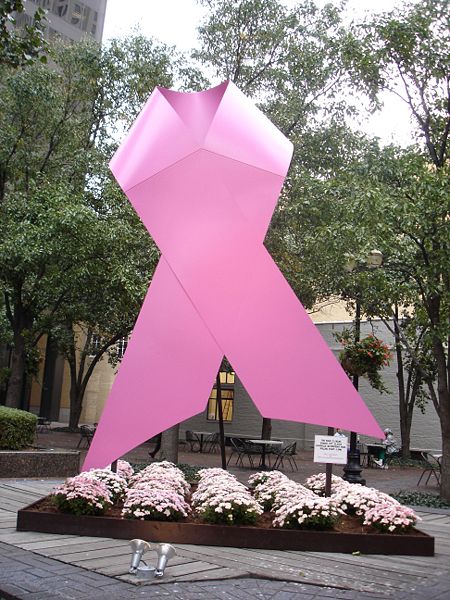By Dr. Josh Palgi and Professor Tara Bogota | Published by Oct. 25, 2018
October is National Breast Cancer Awareness month, marked in countries across the world.
Breast Cancer Awareness Month (BCAM), also referred to in America as National Breast Cancer Awareness Month(NBCAM), is an annual international health campaign organized by major breast cancer charities every October to increase awareness of the disease and to raise funds for research into its cause, prevention, diagnosis, treatment and cure. The campaign also offers information and support to those affected by breast cancer.
Started in 1985, National Breast Cancer Awareness Month (NBCAM) was observed in the U.S.initially to increase early detection of breast cancer by encouraging women to have mammograms. Today, NBCAM is also about raising funds for breast cancer research and support.Being proactive in this fight is crucial.
About 1 in 8 U.S. women, and 1 in 1,000 U.S. men will develop invasive breast cancer. By the end of 2018, an estimated 269,00 new cases of breast cancers were expected to be diagnosed in the United States.
The median age of diagnosis in this country is 61. The median age of death is 68. Despite the stable incidence rates, improved treatment as well as earlier detection through screening and increased awareness, breast cancer is still the leading cause of cancer deaths in women.
There is still a large racial gap in mortality with African American women having higher death rates compared to Caucasian women.
However, some positive news overall is that a woman’s risk of dying from breast cancer dropped 39 percent between the late 1980’s and 2015.
Have you noticed the prevalence of the color pink that pops up around this time of the year?
The pink ribbon and color pink that has become the worldwide symbol of breast cancer and breast cancer awareness. It was first used in 1990’s and was chosen because it is a color of health and represents femininity.
Pink scarves, pink socks, pink shirts, and pink coffee mugs. These sweet, pink pastels are thereto nudge us to take the time for exams, checkups and increased self-awareness.
Early detection is key and it is also important to know the warning signs.
The most common signs are:
●Swelling of all or part of a breast (even if no distinct l
ump is felt)
●Skin irritation or dimpling (sometimes looking like an o
range peel)
●Breast or nipple pain
●Nipple retraction (turning inward)
skin
●Nipple discharge (other than breast milk)
If you have any of the warning signs described below, see a health care provider. If you don’t have a provider, one of the best ways to find a good one is to get a referral from a trusted family member or friend.
